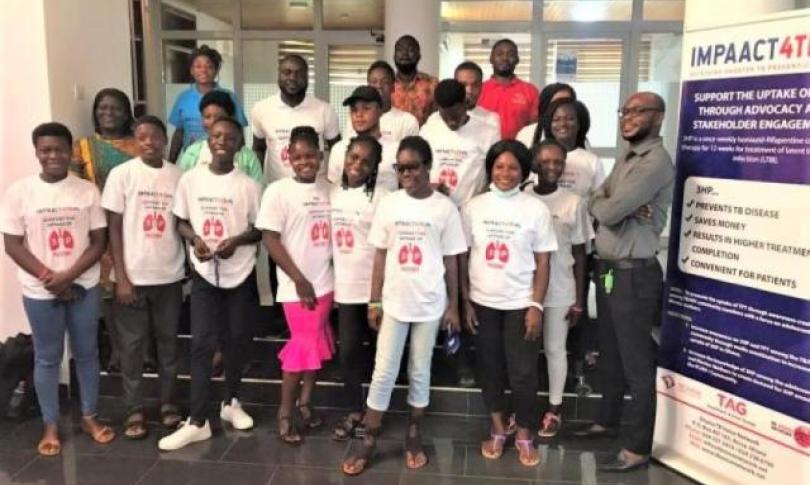
About 7 billion people are affected globally by latent tuberculosis annually. Out of this, Ghana saw 13,978 incident cases of TB representing 32 percent in 2018. And according to the national TB prevalence survey, 2013 estimated TB prevalence of 264 cases per 100,000 population for all forms exist in Ghana. Though TB is a curable and treatable disease, millions of people keep dying of the disease every year since it remains the leading cause of mortalities in people living with HIV/AIDs.
Experts say, there is the need to revisit how the disease is being tackled and adopt a comprehensive approach towards prevention, detection and treatment. Jabina Anaman, the Programs Manager at Aurum Institute, emphasized the need to increase awareness on the various treatment therapies to curb the spread of the disease.
Currently, Ghana through the national TB control program is using the World Health Organization recommendations dosage of 6 -months isoniazid for patients in resource-limited settings to prevent TB in at-risk populations living in high TB incidence, prevalence and transmission settings.
But surveys have proven that the 6-month long duration is mostly fraught with non-adherence issues causing patients not to adhere to treatment. Hence, to address the duration of taking isoniazid, Aurum Institute Ghana under the impact 4 TB project with its sector partners is piloting 3HP - a short course TB preventative regimen that combines isoniazid and rifapentine in 6 regions in Ghana; She added.
Jerry Amoah-Larbi, a TB activist at the Ghana National TB Voice Network, says to increase knowledge on 3HP at the various health facilities across the country there ought to train among all age groups. TB Voice network with support from Treatment Action Group (TAG) has organize a training workshop for 50 adolescent and Mentor mothers in Accra and Kumasi to serve as Volunteers and Ambassadors to create demand for the uptake of 3HP among the PLHIV/TB communities.
However, the Ghana Health Sector TB Strategic Plan 2015-2020 says Ghana made mixed progress in the fight against TB since 2000. TB interventions scaled up, and the treatment success rate increased from 50% in 2000 to 84% in 2012. Giving over 1,600 public and private healthcare facilities all over Ghana access to provide DOTS services. Less than one -third of the estimated drug-resistant TB cases are detected and enrolled in treatment, making it one of the weakest links in the program so far.
According to the 2018 report of the national TB control program, case notification appears to be stagnant at around 60/100,000-person population in the last five years, with other key challenges of unacceptable TB death rates and low antiretroviral therapy (ART) coverage among TB/HIV patients.
